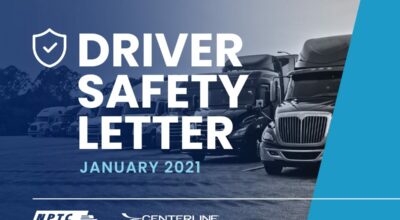 Safety Letter
Safety Letter
NPTC Safety Article- January 2021 -International Roadcheck Results
On September 9-11, 2020, federal and state motor carrier inspectors conducted more than 50,000 North American Standard Level I, II, III and V inspections during the Commercial Vehicle Safety Alliance’s (CVSA) […]